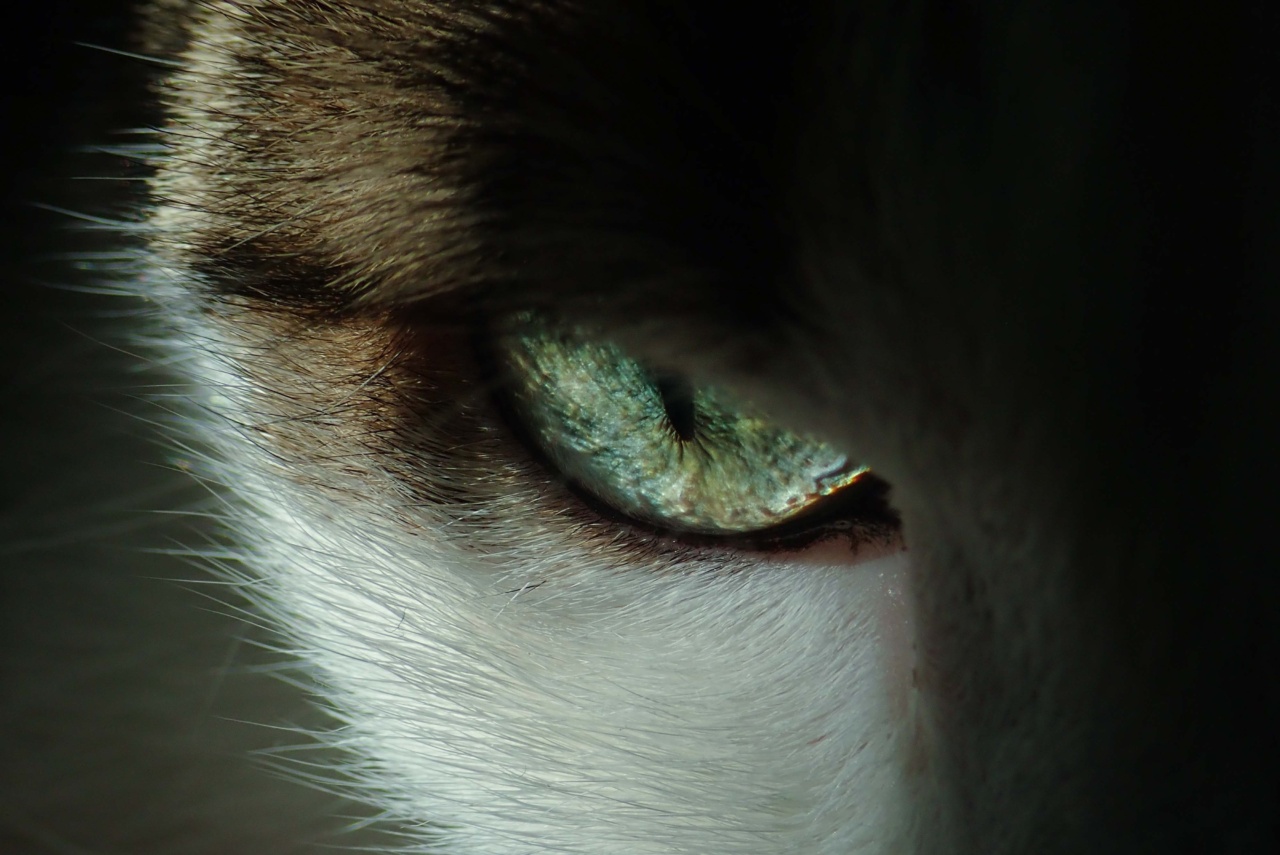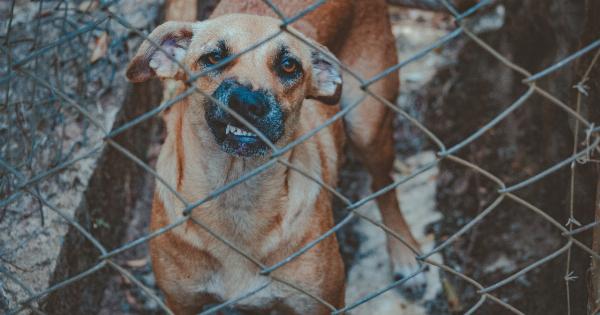Having a dog is undoubtedly a joyous experience, but one common issue that many dog owners face is their dog’s tendency to chew on everything in sight.
From shoes and furniture to household items and even walls, a dog’s chewing behavior can be both frustrating and costly. However, with patience, consistency, and the right approach, it is possible to curb this behavior and save your belongings from destruction. Follow these steps to teach your furry friend to stop chewing everything in sight.
1. Understand the Reasons behind Your Dog’s Chewing
The first step in addressing your dog’s chewing problem is understanding why they engage in this behavior. Dogs may chew for various reasons, including:.
– Teething: Just like human babies, puppies go through a teething phase where they feel the need to chew to soothe their gums.
– Boredom: Dogs may chew out of boredom, especially if they are left alone for long periods without any mental or physical stimulation.
– Anxiety or Stress: Dogs may resort to chewing as a coping mechanism when they are feeling anxious or stressed.
– Lack of Training: If a dog has never been taught boundaries and what is acceptable to chew on, they may develop a habit of chewing on anything within their reach.
By identifying the underlying cause of your dog’s chewing behavior, you can tailor your approach accordingly and address the root of the problem.
2. Provide Appropriate Chew Toys
One of the best ways to prevent your dog from chewing on your belongings is by providing them with appropriate chew toys. These toys should be specifically designed for dogs and offer an appealing texture and shape for chewing.
Look for toys made of durable materials that can withstand your dog’s chewing habits.
When introducing a new chew toy to your dog, make it exciting and engaging. Offer praise and treats when they engage with the toy, reinforcing the idea that chewing on the toy is rewarding.
Regularly rotate the toys to keep your dog interested and prevent them from getting bored or seeking alternative chewing materials.
3. Supervise Your Dog
Until your dog has learned what is appropriate to chew on, it is essential to closely supervise them, especially when they are not in their designated chewing area.
Keep your dog in sight and intervene whenever you catch them chewing on something they shouldn’t be. Redirect their attention to an appropriate toy or object and praise them for choosing the correct item.
Use positive reinforcement during supervision. Reward your dog with treats, praise, or playtime when they choose to chew on their designated toys. This positive association will encourage them to repeat the behavior in the future.
4. Create a Dog-Friendly Environment
To prevent your dog from chewing on inappropriate items, it is vital to make their environment as dog-friendly as possible. Remove any objects that you do not want your dog to chew on and keep them out of their reach.
Put away shoes, clothes, and household items when not in use.
If there are specific areas or items that your dog is particularly drawn to, consider using deterrents such as bitter sprays or pet-safe repellents.
These products have an unpleasant taste or smell that discourages your dog from chewing on the treated items.
Ensure that your dog has access to their designated chew toys at all times. Keep these toys in easily accessible areas so that your dog can choose them over other objects.
5. Provide Mental and Physical Stimulation
A bored or under-stimulated dog is more likely to resort to destructive chewing. Make sure your dog receives enough mental and physical exercise to keep them content and tired.
Engage in daily play sessions, take them for walks, and provide puzzle toys or treat-dispensing toys that keep their minds occupied.
Training sessions are also an excellent way to provide mental stimulation. Teaching your dog new commands and tricks not only keeps them mentally engaged but also strengthens the bond between you and your furry companion.
6. Practice Obedience Training
Basic obedience training is an essential aspect of preventing destructive chewing.
Teaching your dog commands like “sit,” “stay,” and “leave it” can help redirect their attention away from inappropriate chewing materials. Practice these commands consistently and reward your dog for following them.
If you catch your dog chewing on something they shouldn’t, use a firm “no” or “leave it” command to interrupt their behavior.
Immediately replace the inappropriate item with an acceptable chew toy and praise your dog for making the correct choice.
7. Consider Crate Training
Crate training can be an effective tool in preventing destructive chewing, particularly when you are unable to supervise your dog.
Dogs have a natural instinct to keep their living area clean, so a properly sized crate can become a safe den for your dog. However, it is crucial to ensure that the crate is not used as a punishment.
When using a crate, gradually introduce your dog to it by making it a positive and comfortable space. Leave the crate door open throughout the day and encourage your dog to explore and enter the crate willingly.
Provide them with their favorite toys and treats inside the crate to create positive associations.
As your dog becomes accustomed to the crate, you can use it when you are unable to closely supervise them. This will prevent them from engaging in destructive chewing when you are not around to redirect their behavior.
8. Seek Professional Help if Needed
If your dog’s chewing behavior persists despite your best efforts, or if you suspect that it is caused by anxiety or stress, consider seeking professional help.
A certified dog trainer or animal behaviorist can assess the situation and provide guidance tailored to your dog’s specific needs.
These professionals can help identify any underlying issues contributing to the chewing behavior and offer training techniques or behavior modification strategies to address them effectively.
They may also suggest additional methods, such as the use of anti-anxiety medication or supplements, if deemed necessary.
9. Be Patient and Consistent
Addressing a dog’s chewing behavior requires patience and consistency. Understand that it will take time for your dog to learn what is acceptable to chew on and what is not.
Consistently reinforce positive behavior, redirect inappropriate chewing, and provide plenty of mental and physical stimulation.
Additionally, avoid resorting to punishment or physical correction, as these methods can cause fear or anxiety in your dog, exacerbating their chewing behavior.
10. Celebrate Progress
As your dog learns to chew on appropriate items and their destructive chewing reduces, celebrate their progress. Gradually increase their freedom and access to more areas of your home as they continue to make good choices.
Remember to always provide them with alternative chewing options and maintain a positive and rewarding atmosphere.
With time, consistency, and a lot of love, you can help your dog overcome their habit of chewing everything in sight.
By understanding the root causes, providing appropriate chew toys, and creating a dog-friendly environment, you can pave the way for a well-behaved and content furry companion.






























